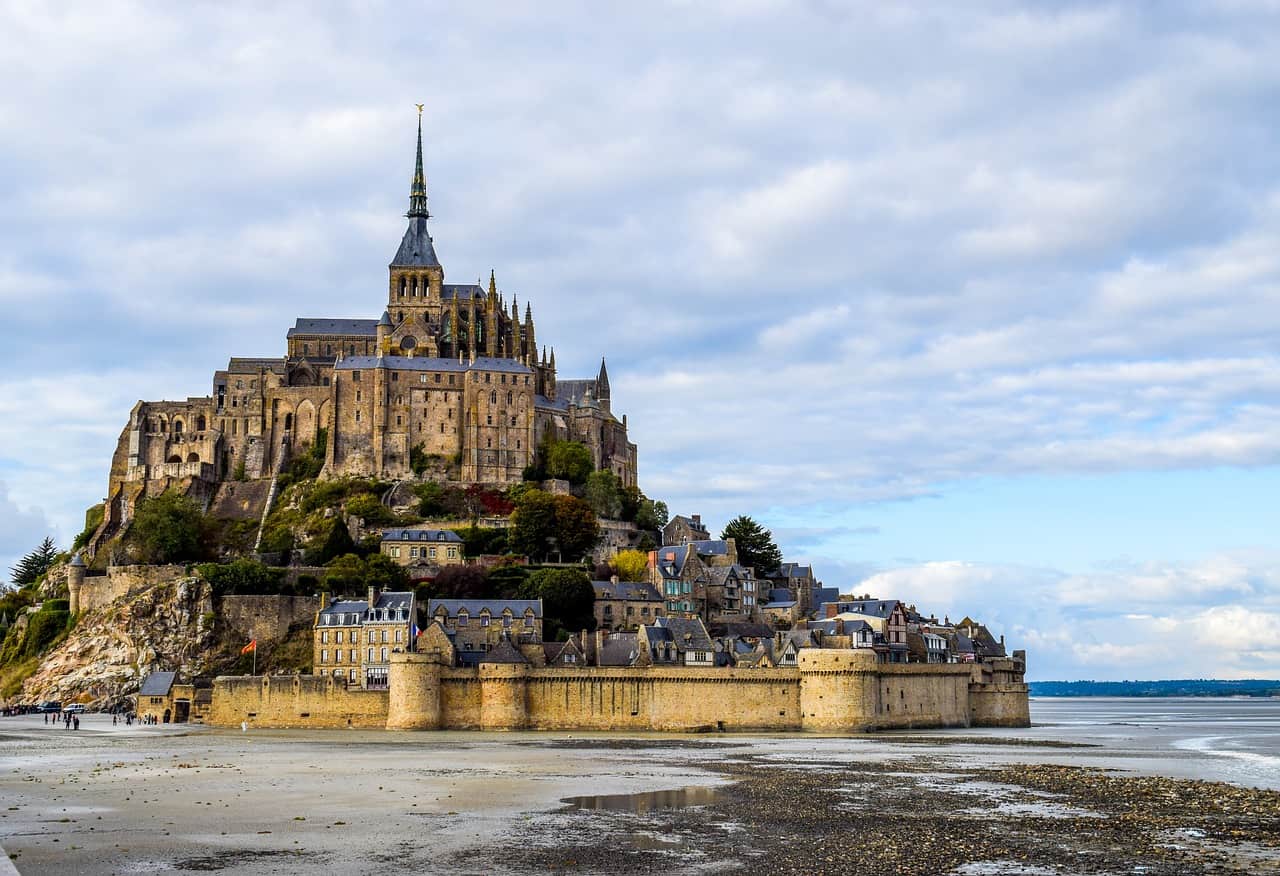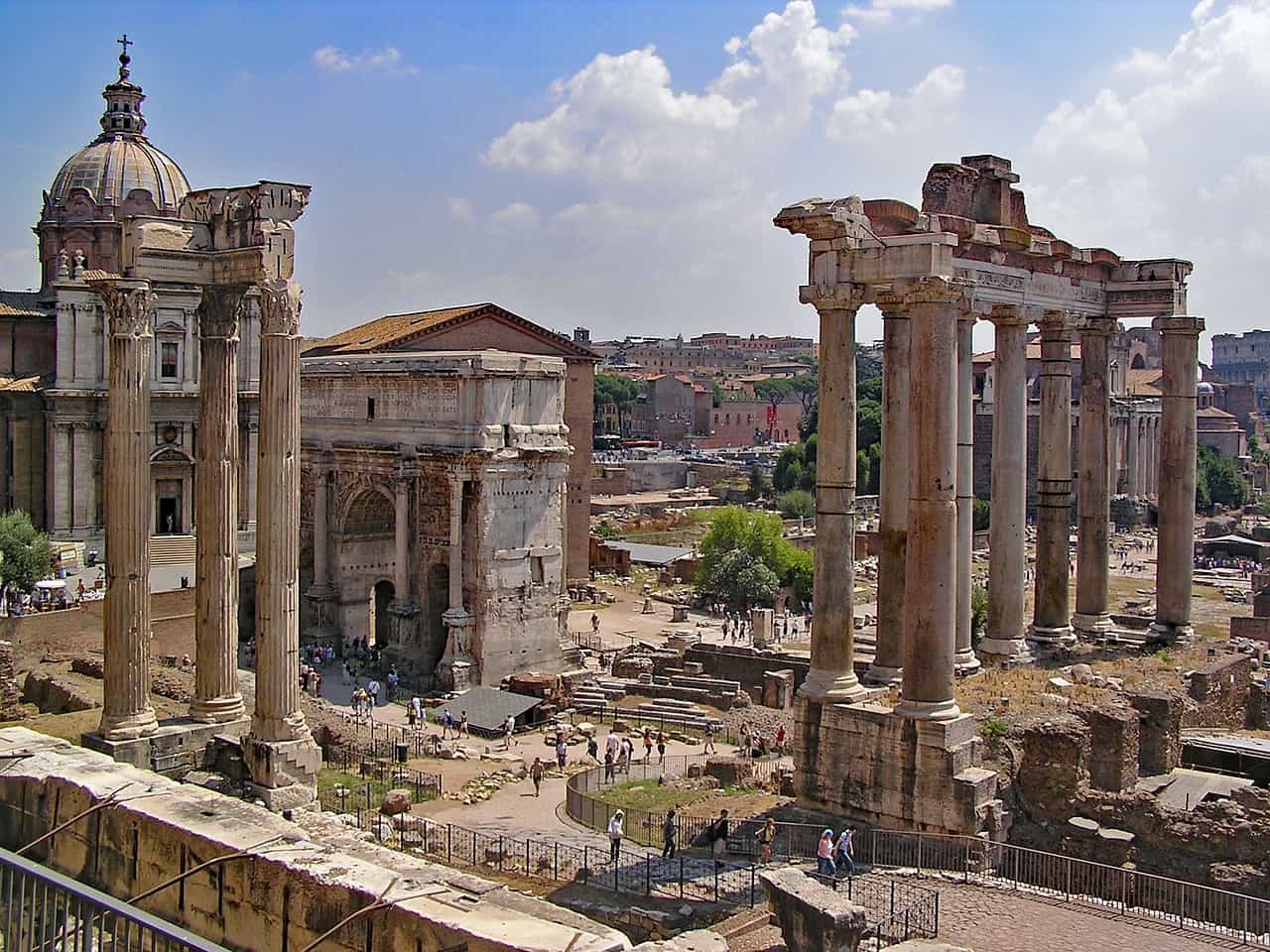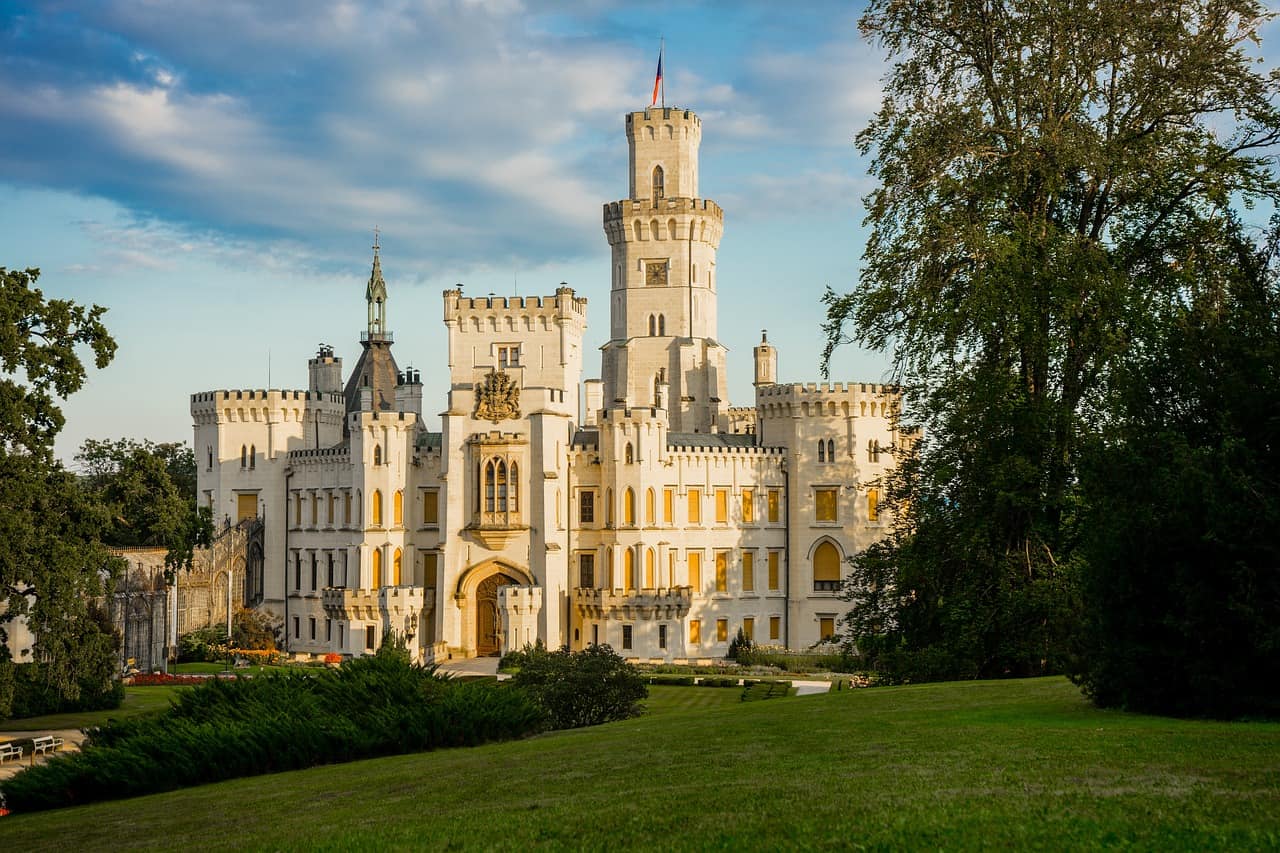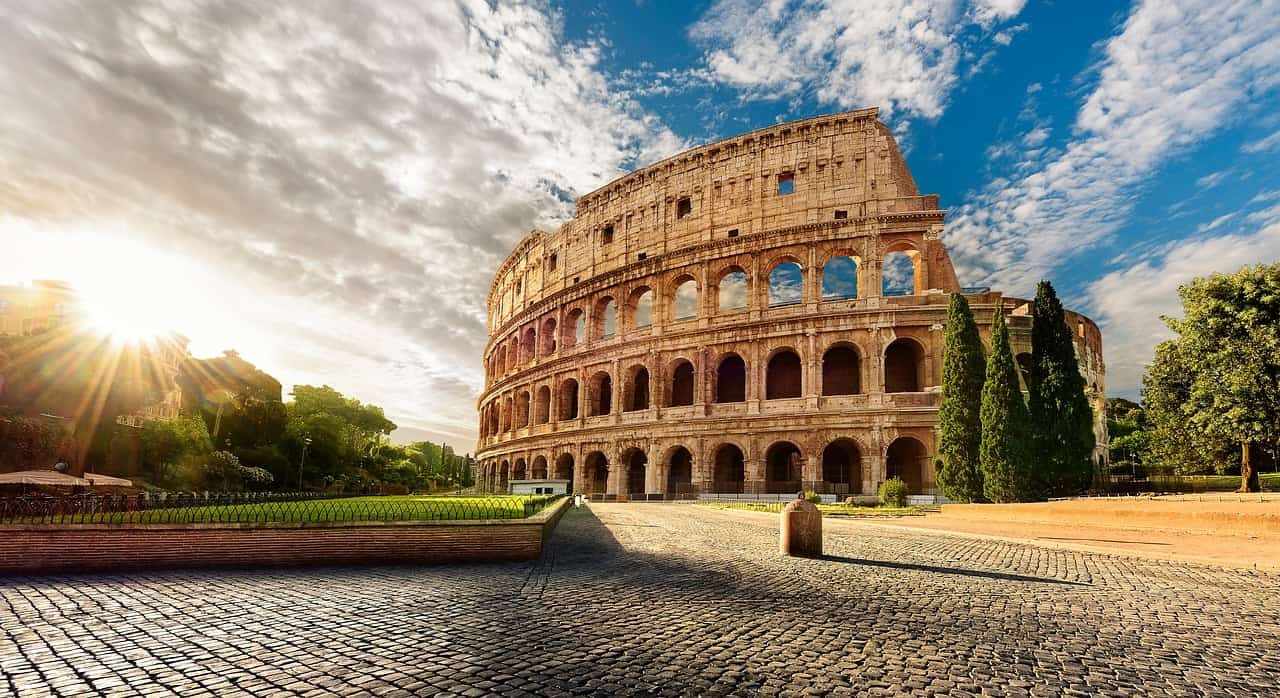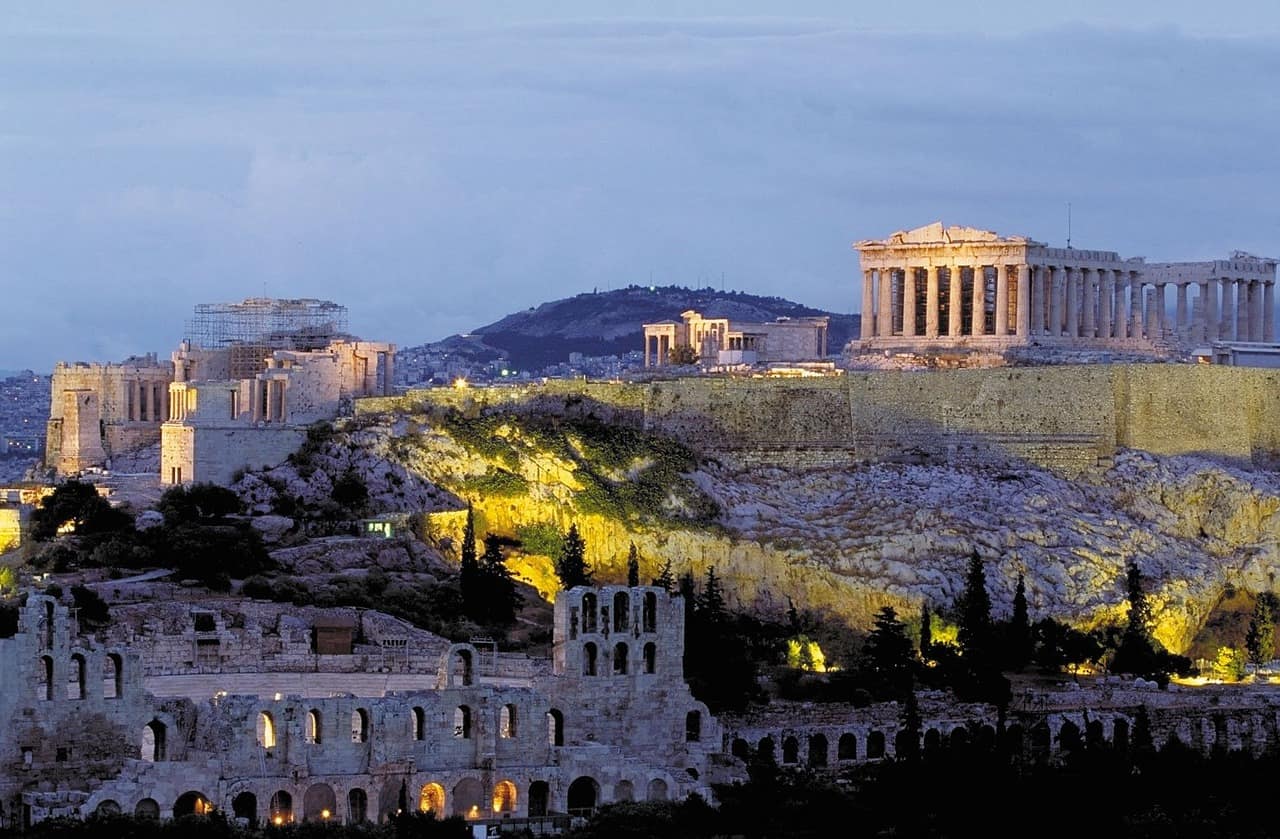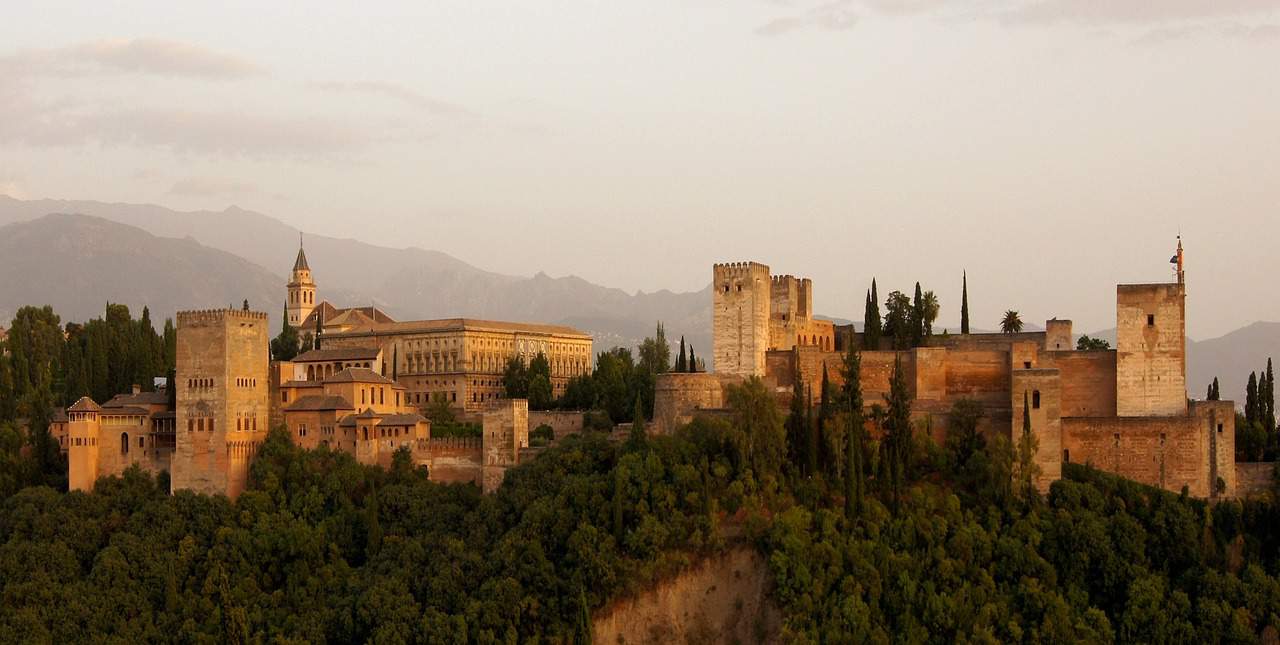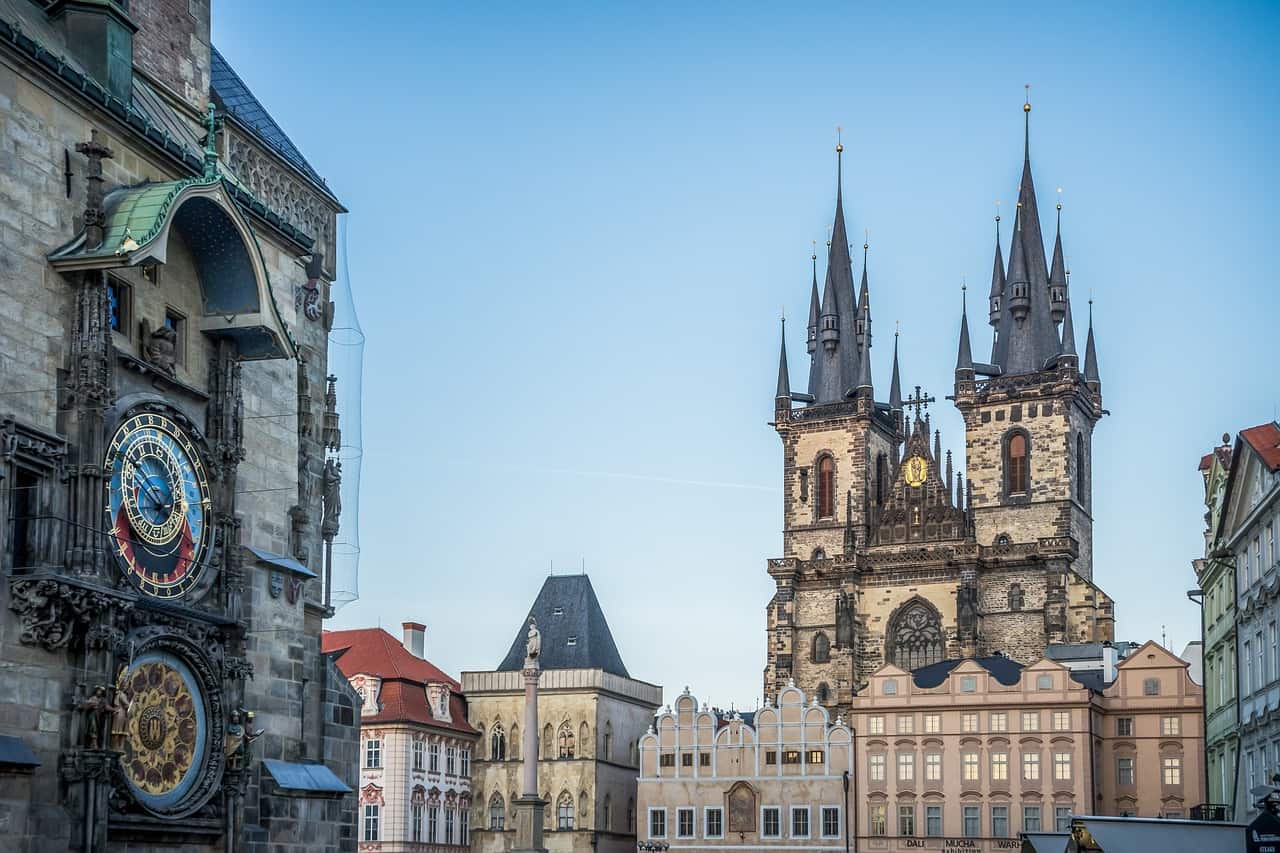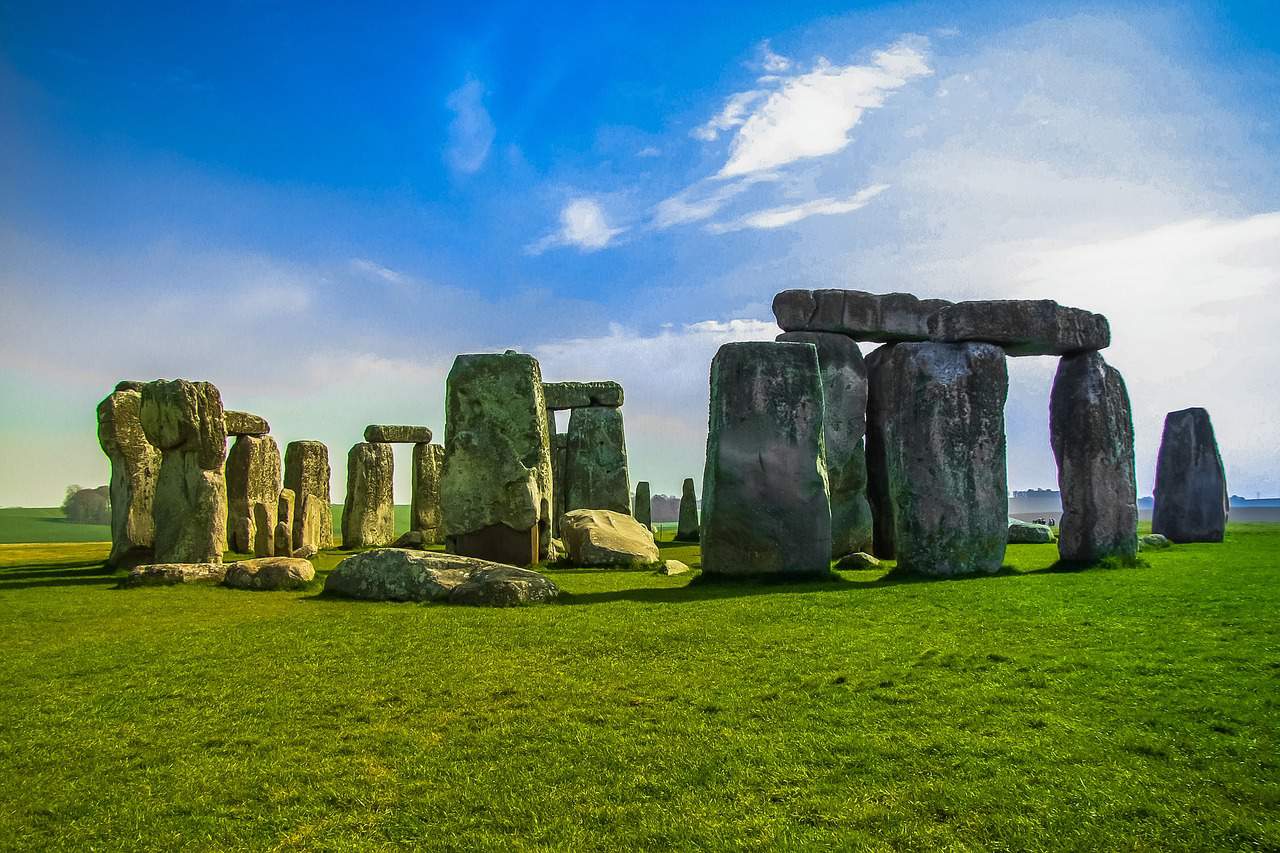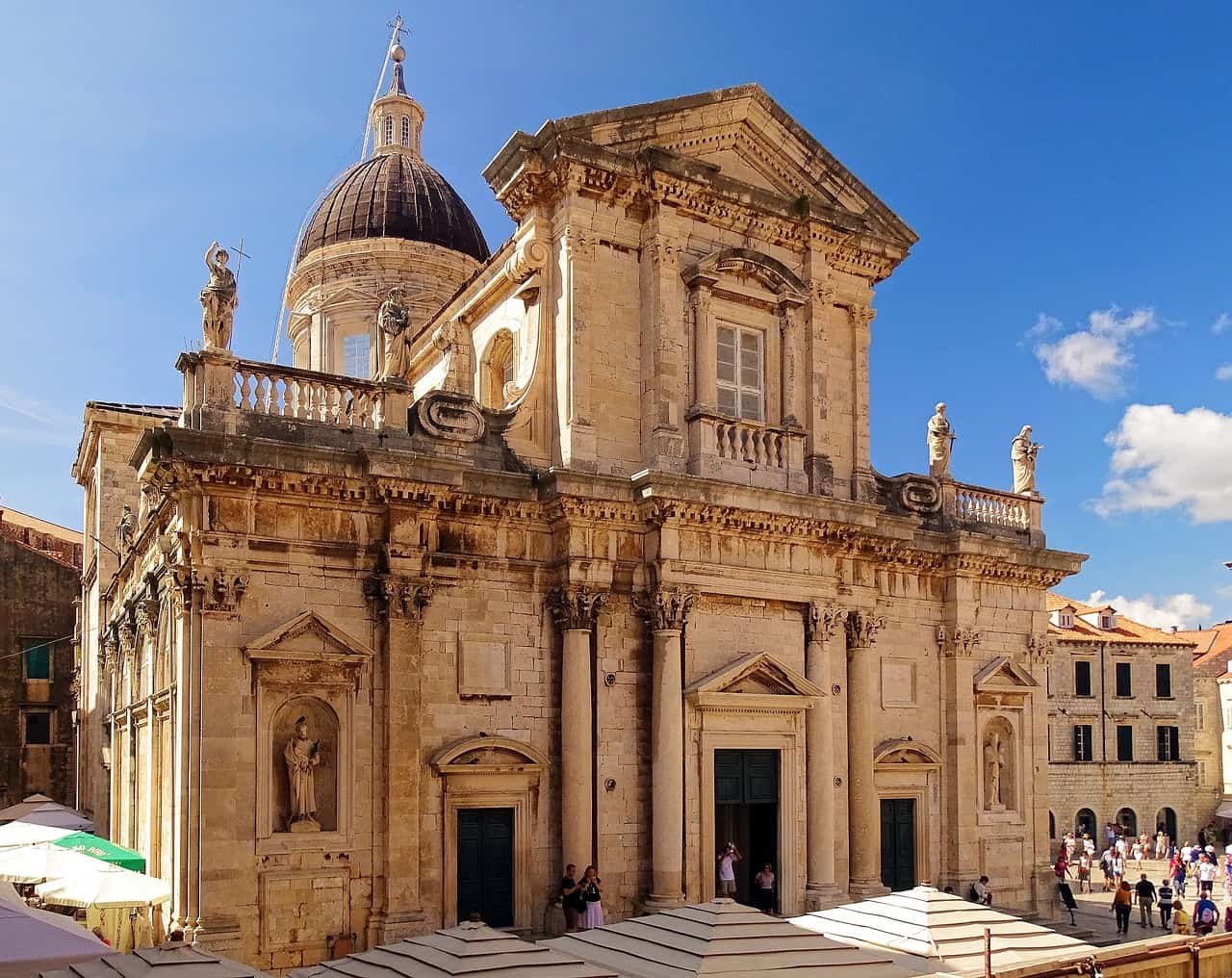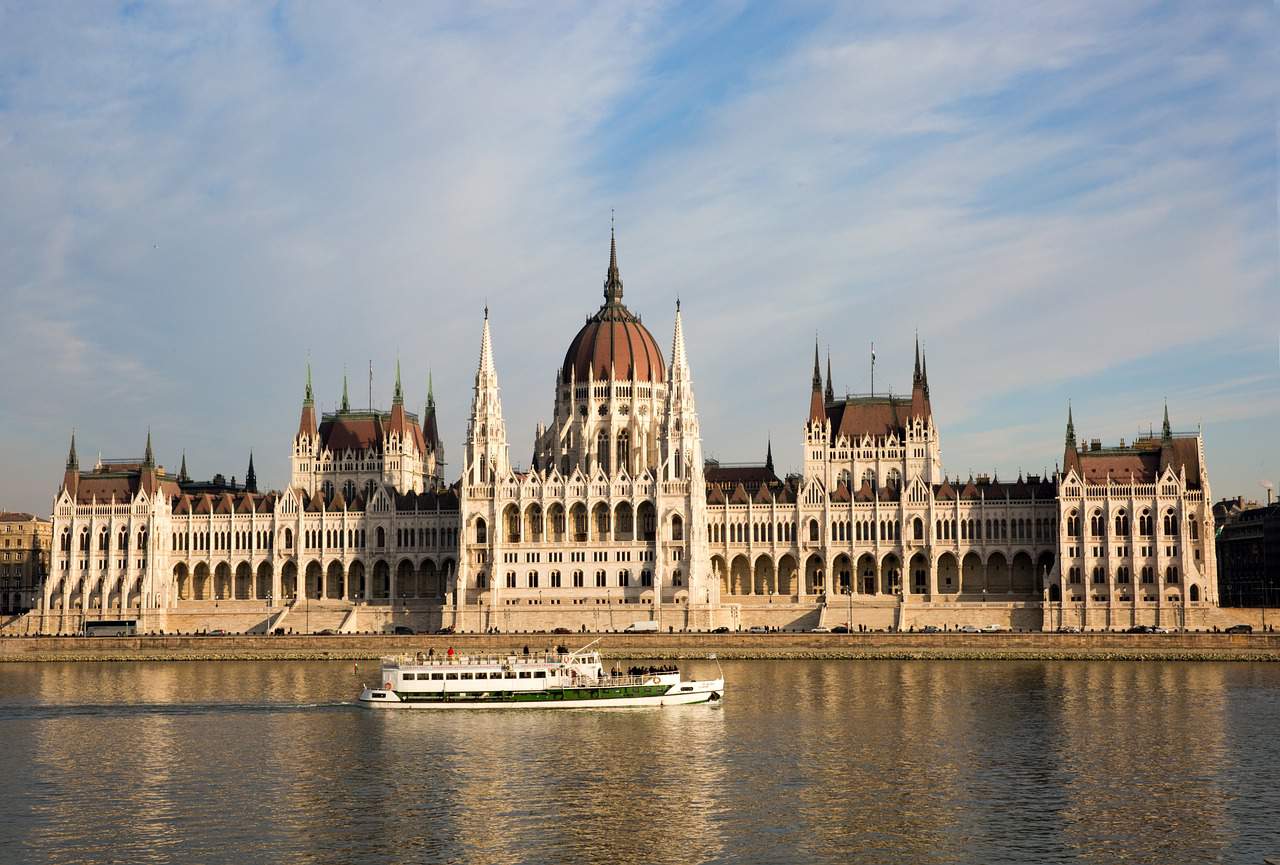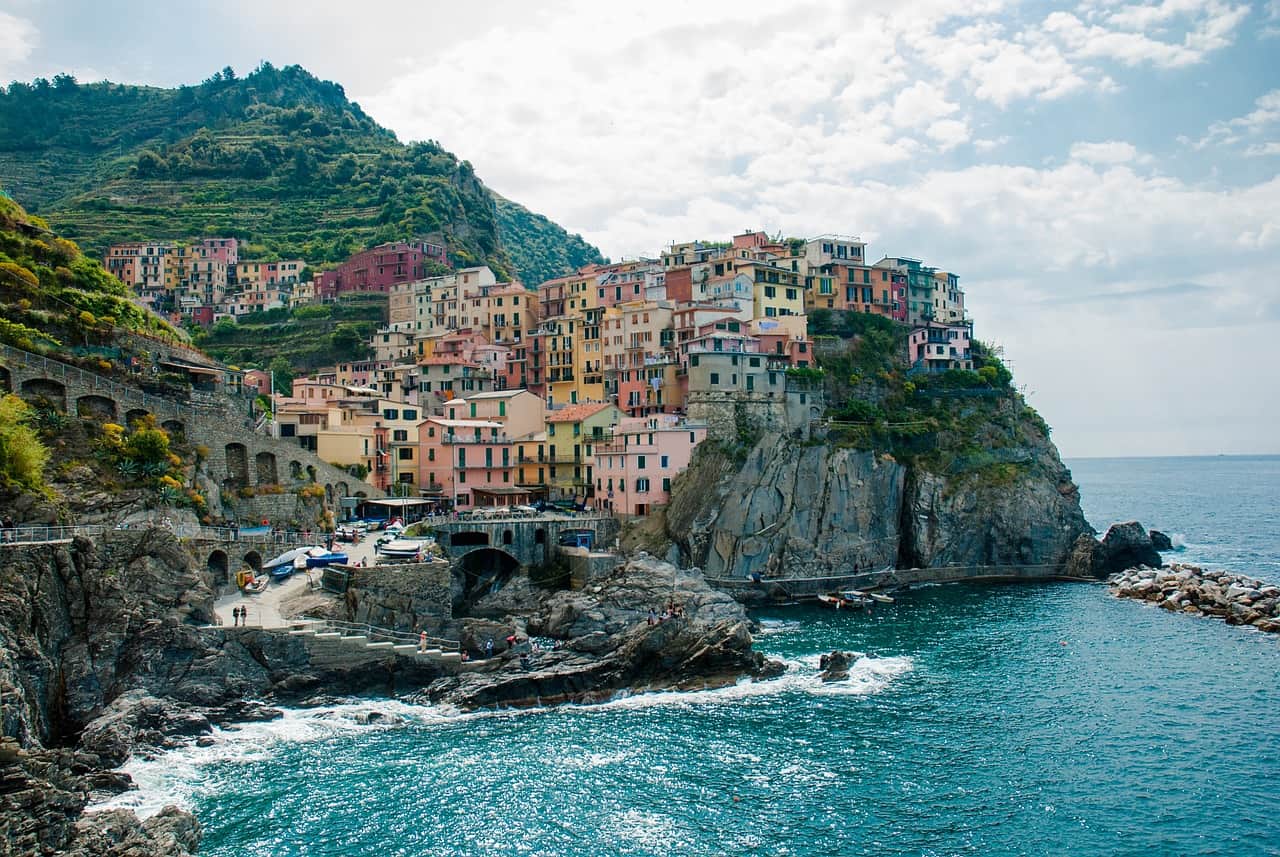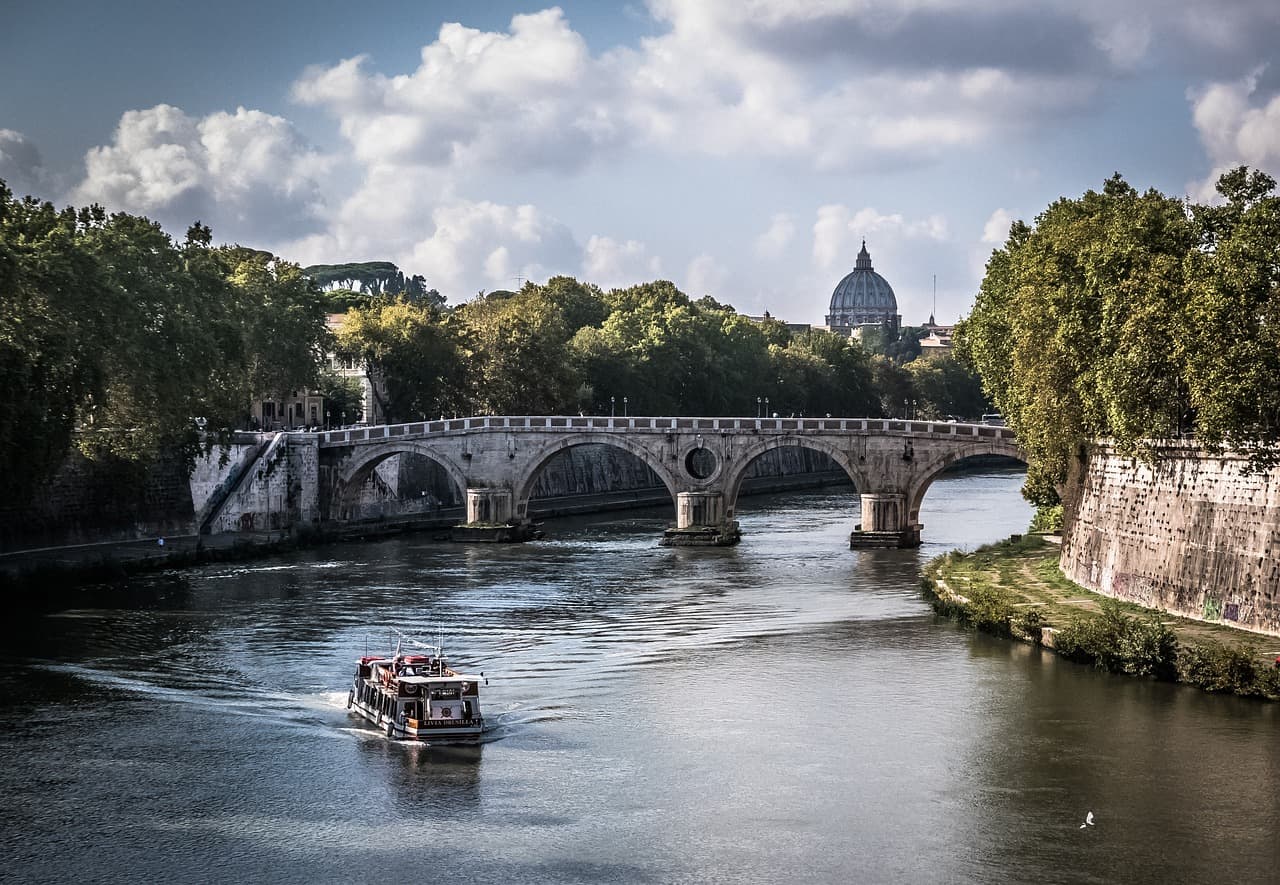Embarking on a voyage through the landscapes of Europe is to traverse a living museum, where the echoes of history resound through architectural marvels, natural wonders, and cultural heritage. At the heart of this preservation effort lies the UNESCO World Heritage designation, a testament to the profound significance of safeguarding our shared legacy. Having navigated through these hallowed grounds, I’ve come to understand that these designations are not just accolades; they are commitments to protect the very essence of what makes European cultural capitals a cradle of human civilization.
I. UNESCO World Heritage sites in Europe
Guardians of Time: The UNESCO World Heritage sites in Europe is a mark of distinction reserved for sites that bear outstanding universal value, representing the pinnacle of human achievement and creativity. From the towering spires of Gothic cathedrals to the pristine beauty of natural reserves, each site encapsulates a unique chapter in the collective story of humanity. As I stood beneath the awe-inspiring structure of the Acropolis in Athens or wandered through the medieval streets of Tallinn’s Old Town, the weight of history was palpable—a reminder that these sites are not frozen in time but are living narratives, connecting the past with the present.
Tapestries of Heritage: Europe boasts an unparalleled diversity of UNESCO World Heritage Sites, a testament to the continent’s rich and varied history. From the rock-hewn churches of Cappadocia to the pristine wilderness of the Swiss Alps, the selection is a kaleidoscope that reflects the multifaceted nature of European heritage. The journey takes us from the architectural splendors of Rome’s Historic Centre to the cultural landscapes of the Wachau Valley, showcasing that the designation transcends national borders to celebrate the shared legacy of all Europeans.
Sustaining Our Legacy: The importance of preserving these sites extends beyond the realm of cultural appreciation. They are repositories of biodiversity, reservoirs of ancient knowledge, and guardians of sustainable practices. The fragile ecosystems of Plitvice Lakes National Park in Croatia and the archaeological wonders of Pompeii are not just remnants of the past; they are crucial components of our shared future. As I walked through these sites, I marveled at the delicate balance between nature and human influence, understanding that the responsibility to protect them lies not only with the custodians but with each visitor who treads upon their hallowed grounds.
In this exploration of UNESCO World Heritage Sites in Europe, I invite fellow travelers to join me on a journey through time and space. Together, let us unravel the tales woven into the stones of ancient castles, the whispers carried by the winds through primeval forests, and the echoes of cultural exchanges resonating in the halls of historic cities. As we delve into this odyssey of preservation, may we emerge not just as witnesses but as stewards, committed to ensuring that these treasures endure for generations to come.
II. Historic Centre of Rome, Italy: The Eternal City’s Timeless Beauty
In the heart of the Italian peninsula, where the Tiber River gracefully winds through a cityscape adorned with architectural masterpieces, lies the Historic Centre of Rome—an open-air museum narrating the tale of a civilization that once ruled the known world. As someone who has wandered through its storied streets, the sheer magnitude of standing before structures that have weathered millennia is a humbling experience.
A. Colosseum and Roman Forum
Echoes of Gladiators and Orators: The Colosseum, a colossal amphitheater that once hosted epic gladiatorial contests, dominates the landscape, a testament to the grandeur of Roman engineering. As I stood within its towering arches, I could almost hear the roars of the crowds and the clash of swords, imagining the spectacles that unfolded beneath the Roman sun. Adjacent to this iconic arena lies the Roman Forum, a sprawling plaza that was the epicenter of ancient political, religious, and social life. Walking amidst the ruins of temples and basilicas, I felt transported to a time when the likes of Caesar and Cicero shaped the destiny of an empire.
B. Vatican City and St. Peter’s Basilica
A Spiritual Voyage within a City: The Historic Centre of Rome extends its embrace to Vatican City, the world’s smallest independent state and the spiritual nucleus of the Catholic Church. St. Peter’s Basilica, an architectural marvel designed by Michelangelo and others, rises like a beacon, its dome visible from vantage points across the city. As I marveled at its intricate mosaics and awe-inspiring dome, I couldn’t help but feel the weight of centuries of faith. Ascending to the top, the panoramic views of the city below underscored the interconnectedness of history, religion, and urban life.
C. Preservation Efforts and Historical Context
Guardians of the Past: Amidst the hustle and bustle of modern Rome, there’s a concerted effort to preserve these treasures. Conservation projects, meticulous restoration, and stringent measures ensure that the Historic Centre retains its authenticity. Plaques narrate the historical context, offering visitors a deeper understanding of the significance of each site. My own journey through these sites was enriched by the stories of preservation—the dedication of experts ensuring that the layers of history remain accessible for generations.
As you tread upon the ancient stones of the Historic Centre of Rome, it’s not merely a stroll through a city; it’s a communion with a past that has sculpted the course of human civilization. The Colosseum’s silent grandeur, the Vatican’s spiritual embrace, and the ongoing efforts to preserve these landmarks beckon travelers to delve into the intricate tapestry of the Eternal City. Rome, with its timeless beauty, invites you to be not just an observer but an active participant in the ongoing narrative of one of the world’s greatest cultural treasures.
III. Acropolis, Athens, Greece: A Symbol of Ancient Civilization
High above the bustling city of Athens, where the modern mingles seamlessly with the ancient, stands the Acropolis—a citadel that has witnessed the ebb and flow of millennia. As I ascended the rocky slope to this emblematic site, the monumental structures of the Parthenon and Erechtheion emerged, bathing in the golden hues of the Grecian sun.
A. Parthenon and Erechtheion
Temples that Transcend Time: The Parthenon, dedicated to the goddess Athena, is the jewel in the Acropolis crown. Its Doric columns and intricate friezes are a testament to the zenith of classical Greek architecture. Standing before it, one cannot help but marvel at the genius of ancient craftsmen who carved stories in stone. Nearby, the Erechtheion, with its graceful Caryatid Porch, adds a feminine touch to the sacred precinct, echoing tales of both myth and reality. These structures, born from the 5th century BCE, resonate with the voices of philosophers, statesmen, and artists who shaped Western thought.
B. Historical Significance and Architectural Marvels
Guardians of Democracy and Wisdom: The Acropolis isn’t merely a collection of marble monuments; it’s the cradle of democracy and the birthplace of Western philosophy. Walking amidst the remnants of the Propylaea and the Temple of Athena Nike, I could sense the intellectual vigor that once reverberated through these hallowed grounds. The Odeon of Herodes Atticus, a stone’s throw from the Parthenon, echoes with the melodies of ancient performances, bridging the temporal gap between then and now.
C. Challenges in Preserving Ancient Structures
A Battle Against Time: While the Acropolis has withstood the ravages of time, it faces an ongoing battle against pollution, weathering, and the impact of millions of footsteps. Preservation efforts are meticulous, with parts of the site often covered in scaffolding as experts work to repair and restore. As a visitor, I observed both the dedication to maintaining authenticity and the delicate balance required to welcome crowds without compromising the integrity of these ancient wonders.
To stand on the Acropolis is to be humbled by the weight of history. The challenges of preservation notwithstanding, this symbolic guardian of ancient civilization endures, offering a profound connection to the roots of democracy, philosophy, and artistic expression. Athens, with its Acropolis proudly crowning the city, invites us to traverse the avenues of time, where gods and mortals meet in a timeless dance etched in marble.
IV. Mont-Saint-Michel and its Bay, France: A Marvel of Medieval Architecture
Nestled off the Normandy coast like a fairytale castle, Mont-Saint-Michel emerges from the vastness of its bay—an architectural marvel that transports visitors to the medieval tapestry of France. My journey to this island commune, crowned by its iconic abbey, was nothing short of a pilgrimage through time.
A. Island Commune and Abbey
A Fortress in the Tides: As I approached Mont-Saint-Michel, the sight of the abbey perched atop the rocky islet was nothing short of enchanting. Connected to the mainland by a causeway, the commune feels like a mystical realm rising dramatically from the sea. Exploring the narrow, winding streets revealed medieval houses, charming shops, and the awe-inspiring Abbey of Mont-Saint-Michel. The abbey’s spires seemed to touch the heavens, a testament to the architectural prowess of its builders.
B. Tidal Dynamics and Unique Construction
The Dance of Tides: What sets Mont-Saint-Michel apart is its tidal dynamics, where the bay experiences some of the most dramatic tides in Europe. The causeway, submerged during high tide, reemerges during low tide, creating an ever-changing landscape. The strategic construction of the abbey, perched atop a granite peak, reflects both medieval engineering ingenuity and a profound understanding of the natural environment. Walking the causeway at different times of the day, I marveled at the harmonious dance between the island, the abbey, and the tides.
C. Tourism and Conservation Efforts
Preserving a Fairytale: Mont-Saint-Michel’s allure extends beyond its historical significance; it’s a magnet for tourists worldwide. However, this influx poses challenges to preservation. Conservation efforts aim to strike a delicate balance between welcoming visitors and safeguarding the integrity of this medieval masterpiece. During my visit, I noticed the meticulous care taken to preserve the site, with ongoing restoration projects and measures to ensure sustainable tourism.
Mont-Saint-Michel is not merely a destination; it’s a journey into the pages of history. Standing beneath the towering abbey, surrounded by the ebb and flow of tides, I felt a profound connection to the past. The interplay of architecture, nature, and human history is woven into the very fabric of Mont-Saint-Michel, making it a timeless beacon that beckons travelers to step into the enchanting realms of medieval France.
V. Alhambra, Generalife, and Albayzín, Granada, Spain: Moorish Splendor
Embarking on a journey to Granada, Spain, is like stepping into a living canvas where the brilliance of Moorish architecture paints every corner. My encounter with the Alhambra, Generalife, and Albayzín was a sensory feast—a tapestry woven with the threads of Nasrid Palaces, Islamic influence, and the cultural richness of Al-Andalus.
A. Nasrid Palaces and Generalife Gardens
Palatial Opulence: The Nasrid Palaces within the Alhambra complex are a symphony of intricate carvings, vibrant tiles, and serene courtyards. As I wandered through the halls of the Alhambra, the delicate interplay of light and shadow highlighted the ornate details adorning every surface. The Generalife Gardens, with their fountains and geometric perfection, provided a refreshing retreat—a place where the rulers of Al-Andalus once sought solace.
B. Islamic Architecture and Influence
Moorish Elegance: The Alhambra stands as a testament to the ingenuity of Moorish architects. The horseshoe arches, muqarnas domes, and geometric patterns evoke a sense of awe, showcasing the mastery of Islamic architecture. Each tile, each intricately carved pillar, whispers tales of a bygone era when Al-Andalus was a beacon of knowledge, art, and coexistence. In Albayzín, the labyrinthine streets revealed more Moorish influences, creating an immersive experience of cultural fusion.
C. Cultural Significance and Visitor Experience
Walking through History: The cultural significance of Alhambra and its surroundings extends beyond architectural brilliance. It’s a living heritage that narrates the story of Spain’s diverse past. Exploring Albayzín, a UNESCO World Heritage site itself, I felt like a time traveler, surrounded by medieval structures and the echoes of centuries-old traditions. The visitor experience is carefully curated, allowing one to delve into the layers of history while savoring the beauty of Moorish artistry.
My time in Granada was a mesmerizing encounter with Al-Andalus, where the Alhambra, Generalife, and Albayzín became portals to another epoch. From the Nasrid Palaces’ opulence to the charming chaos of Albayzín’s streets, the Moorish splendor of Granada is an invitation to witness the enduring legacy of a civilization that shaped the course of history.
VI. Historic Centre of Prague, Czech Republic: A Tapestry of Gothic and Baroque
Wandering through the historic heart of Prague is akin to strolling through the pages of a living history book, where each cobblestone whispers tales of bygone eras. The Historic Centre, a UNESCO World Heritage site, unfolds a captivating narrative, blending Gothic grandeur and Baroque beauty—a tapestry woven with the threads of Prague Castle, St. Vitus Cathedral, and the enchanting Old Town Square.
A. Prague Castle and St. Vitus Cathedral
Majestic Heights: Ascending the pathways to Prague Castle, I found myself in the midst of an architectural saga. The castle complex, perched on the hill, commands attention with its spires and turrets. St. Vitus Cathedral, the jewel within, is a testament to Gothic magnificence. Stepping inside, the play of light through stained glass windows danced upon the centuries-old stone, creating an ethereal atmosphere that resonates with centuries of royal history.
B. Old Town Square and Astronomical Clock
A Symphony of Time: The Old Town Square, framed by colorful facades and the iconic Astronomical Clock, is the beating heart of Prague’s historical tapestry. As the clock struck, I witnessed the mesmerizing show orchestrated by this medieval timepiece. The square itself, surrounded by historical landmarks and vibrant markets, felt like a stage where the city’s rich past and lively present converged.
C. Preservation Challenges and Cultural Importance
Guardians of Heritage: While Prague’s Historic Centre is a marvel frozen in time, the challenges of preserving its cultural legacy are ever-present. The delicate balance between tourism and conservation requires constant vigilance. Navigating the narrow streets, I couldn’t help but appreciate the efforts to maintain the authenticity of the structures, ensuring that future generations can continue to marvel at the same architectural wonders that captivated me.
The Historic Centre of Prague is more than a collection of monuments; it’s a living canvas where Gothic and Baroque aesthetics harmonize with the pulse of a modern European city. My journey through this UNESCO World Heritage site was an immersive exploration, where every step unveiled a new facet of Prague’s rich cultural tapestry, leaving an indelible mark on my appreciation for the intertwining threads of history and architecture.
VII. Stonehenge, Avebury, and Associated Sites, United Kingdom: Mysteries of the Megaliths
Venturing into the ancient landscape of Stonehenge and Avebury in the United Kingdom is akin to stepping through a portal to a prehistoric world. These UNESCO-listed sites, enshrouded in mystery, unfold a narrative etched in the very stones that have stood the test of time.
A. Stonehenge and Avebury Stone Circle
Whispers of the Ancients: As I approached Stonehenge, the colossal stones looming against the horizon seemed to guard the secrets of centuries past. The arrangement of these monoliths, strategically aligned with celestial phenomena, beckons contemplation on the ancient minds that orchestrated such a marvel. Nearby, Avebury Stone Circle, with its massive earthworks and standing stones, expands the tapestry of Neolithic ingenuity, inviting visitors to immerse themselves in the sheer scale of prehistoric ambition.
B. Prehistoric Significance and Astronomical Alignments
Cosmic Choreography: Stonehenge’s celestial alignments, particularly during solstices, invite speculation on the spiritual and astronomical beliefs that guided its construction. Avebury’s circular layout, intertwined with the landscape, suggests an intricate understanding of the Earth’s relationship with the cosmos. Standing amidst these megaliths, I marveled at the alignment precision achieved by ancient societies, signaling a connection to the celestial realms that transcends our contemporary comprehension.
C. Visitor Management and Conservation Efforts
Guardians of the Megaliths: The enigmatic allure of Stonehenge and Avebury comes with the responsibility of preserving these archaeological wonders. Visitor management strategies, balancing access and conservation, seek to safeguard the delicate balance between exploration and protection. Observing these efforts firsthand, I appreciated the delicate dance between allowing visitors to experience the magic of these sites while ensuring the longevity of these ancient stones for generations to come.
Stonehenge, Avebury, and the Associated Sites are not merely monuments—they are gateways to an ancient epoch, inviting contemplation on the ingenuity, beliefs, and mysteries of our forebears. My journey through these megalithic wonders was a voyage through time, where the stones themselves seemed to whisper tales of a distant past, leaving an indelible imprint on my understanding of human history and our enduring fascination with the enigmatic.
VIII. Dubrovnik, Croatia: The Pearl of the Adriatic
As the sun dips below the horizon, casting a warm glow over the terracotta rooftops of Dubrovnik, the city earns its moniker—the Pearl of the Adriatic. Nestled against the azure waters of the Adriatic Sea, Dubrovnik is a living testament to the harmonious blend of history, architecture, and the challenges of modern tourism.
A. Old Town Walls and Fortifications
Guardians of Time: The heartbeat of Dubrovnik is found within its iconic Old Town Walls and Fortifications. Walking atop these medieval ramparts, I found myself transported to a bygone era where stone walls told tales of conquests and maritime prowess. The panoramic views of the labyrinthine streets and the sapphire expanse of the Adriatic below were nothing short of awe-inspiring, offering a glimpse into the strategic brilliance of Dubrovnik’s forefathers.
B. Renaissance and Baroque Architecture
Architectural Symphony: Wandering through Dubrovnik’s labyrinthine streets, the architectural symphony of Renaissance and Baroque structures unfolded. The Sponza Palace and the Rector’s Palace stood as stoic witnesses to the city’s cultural zenith, while the ornate detailing of St. Blaise’s Church and the elegance of Rector’s Palace whispered tales of Dubrovnik’s golden age. Each cobblestone seemed to resonate with the echoes of a rich history, inviting me to become a part of its living narrative.
C. Challenges of Tourism and Preservation
Balancing Act: Dubrovnik’s allure has not been without its challenges. The surge in tourism, spurred by its Game of Thrones fame, has necessitated a delicate balancing act. Preserving the integrity of the city’s UNESCO-listed sites while catering to the influx of visitors has been an ongoing challenge. Witnessing the conscientious efforts to strike this delicate balance, I gained a deeper appreciation for the symbiosis between preservation and tourism, ensuring that Dubrovnik remains a cultural jewel for generations to come.
Dubrovnik, with its red-tiled roofs, ancient stone walls, and the melodic cadence of its streets, left an indelible mark on my traveler’s soul. The Pearl of the Adriatic isn’t just a destination; it’s a portal to a world where history whispers through every cobblestone, and the challenges of preservation become a testament to the enduring legacy of this coastal marvel.
IX. Budapest, Hungary: Banks of the Danube and Buda Castle Quarter
Nestled along the meandering banks of the Danube, Budapest unfolds like a tapestry of history, with the Buda Castle Quarter standing as a sentinel of Hungary’s rich cultural heritage. My journey through this enchanting city revealed a harmonious blend of architectural splendor, scenic vistas, and the tireless efforts dedicated to preserving its illustrious past.
A. Buda Castle and Matthias Church
Whispers of Kings and Coronations: Ascending the historic Buda Castle, I felt transported to a realm where kings once held court and Matthias Church echoed with the melodies of royal weddings. The intricate details of Fisherman’s Bastion and the neo-Gothic spires of Matthias Church encapsulated centuries of Hungarian history. As I wandered through this regal precinct, every cobblestone seemed to resonate with the footsteps of bygone monarchs.
B. Danube River and Panoramic Views
A River’s Embrace: The Danube, Europe’s second-longest river, gracefully embraces Budapest, offering postcard-worthy panoramas. From the vantage point of Buda Castle, the Danube lazily winds its way between Buda and Pest, providing a breathtaking backdrop to the city’s skyline. As the sun dipped below the horizon, casting a warm glow on the river’s surface, I understood why Budapest’s riverbanks are not just geographical boundaries but poetic connectors of history and culture.
C. Preservation Initiatives and Historical Context
Time’s Custodians: Preserving the architectural jewels that grace the Buda Castle Quarter requires a delicate dance between the old and the new. Historical preservation initiatives, such as the meticulous restoration of the Royal Palace and ongoing conservation efforts, underscore Budapest’s commitment to maintaining its cultural legacy. Understanding the historical context, from the medieval origins of Buda Castle to its role in shaping Hungarian identity, added layers of appreciation for the city’s commitment to its heritage.
Budapest, with its regal charm and the Danube’s gentle embrace, stirred within me a profound appreciation for the guardianship of cultural legacies. Exploring the Buda Castle Quarter wasn’t just a stroll through architectural marvels; it was a journey through time, where the past and present coalesce in the embrace of the mighty Danube.
X. Cinque Terre, Italy: Coastal Charm and Vernacular Architecture
As the gentle sea breeze caressed the colorful facades of Cinque Terre, I found myself immersed in the coastal allure of five enchanting villages clinging to the rugged Ligurian coastline. This slice of paradise, with its unique blend of cliffside landscapes, terraced vineyards, and timeless architecture, painted an idyllic canvas that transcends mere beauty, delving into the essence of sustainable living.
A. Five Picturesque Villages
Charm Woven in Pastel Hues: Monterosso al Mare, Vernazza, Corniglia, Manarola, and Riomaggiore — each village is a gem, characterized by its distinct personality. From the lively beaches of Monterosso to the tranquil charm of Corniglia, Cinque Terre’s villages unfold like chapters in a vibrant story. Wandering through narrow alleys, adorned with laundry lines and vibrant bougainvillea, I couldn’t help but marvel at the simplicity that defines the local way of life.
B. Cliffside Landscapes and Terraced Vineyards
Nature’s Staircase: The dramatic cliffs, adorned with pastel buildings seemingly defying gravity, present a visual spectacle that’s both awe-inspiring and humbling. Terraced vineyards, meticulously carved into the steep slopes, not only produce the renowned Cinque Terre wines but also serve as a testament to the ingenious agricultural practices of the locals. Standing amidst the vine-laden terraces, I marveled at the harmony between human endeavor and the natural landscape.
C. Sustainable Tourism and Environmental Concerns
Balancing Beauty and Preservation: Cinque Terre’s delicate beauty is both a gift and a responsibility. The surge in tourism, while boosting the local economy, has prompted a conscientious effort towards sustainability. Stringent regulations, limiting the number of visitors and encouraging eco-friendly practices, aim to preserve the authenticity of this coastal haven. Conversations with locals revealed a shared commitment to ensuring that the magic of Cinque Terre endures for generations.
Cinque Terre, with its coastal charisma and vernacular elegance, etched indelible memories in my travel journal. Beyond the postcard-perfect landscapes, it’s a testament to the delicate dance between humanity and nature. As I gazed at the sunset over the Ligurian Sea, I understood that the beauty of Cinque Terre lies not just in its visual splendor but in the sustainable heartbeat that resonates through its charming villages.
XI. Conclusion: Safeguarding Europe’s Timeless Treasures
In the tapestry of European travel, each UNESCO World Heritage site is a thread, weaving together a narrative of cultural, historical, and natural significance. As I reflect on the wealth of these treasures scattered across the continent, it’s not merely a collection of sites but a commitment to safeguarding the essence of our shared human heritage.
Chronicles of Splendor: Europe’s UNESCO World Heritage sites are a testament to the rich tapestry of human civilization. From the ancient ruins of Rome to the coastal charm of Cinque Terre, each site encapsulates epochs of history, whispers of ancient civilizations, and echoes of nature’s grandeur. Standing amidst these marvels, I felt like a time traveler, walking through epochs and witnessing the evolution of human creativity.
Guardians of the Past: With the privilege of exploring these sites comes the responsibility of preserving them for future generations. Responsible tourism, mindful of the delicate balance between exploration and conservation, is the need of the hour. As travelers, we are entrusted with the task of treading lightly, respecting local regulations, and contributing to the sustainable upkeep of these irreplaceable gems.
A Kaleidoscope of Diversity: The UNESCO World Heritage sites in Europe designation isn’t just a recognition; it’s a celebration of diversity. From the iconic Acropolis to the medieval beauty of Prague, from the majestic Alps to the sun-kissed beaches of Cinque Terre, these sites showcase the kaleidoscopic range of Europe’s heritage. The acknowledgment goes beyond the physical; it’s a celebration of the stories, traditions, and interconnectedness that make each site a living chapter in the book of humanity.
As I conclude this exploration of Europe’s UNESCO World Heritage sites, I am reminded of the delicate dance between exploration and preservation. The wealth of these sites isn’t measured merely in stone and landscape; it’s in the intangible sense of connection, understanding, and appreciation for the shared legacy of humankind. Let us, as fellow custodians of these treasures, continue to explore with reverence, travel with responsibility, and contribute to the timeless narrative etched in the heart of Europe.
